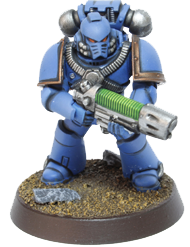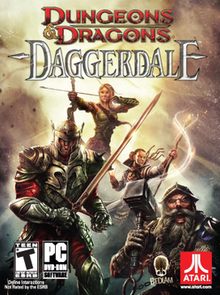Smaller than normal leisure activities aren’t for weak-willed. Most models and miniature painting service for tabletop war games and table games don’t come painted. The small scale pieces are as a rule in a unit, which you have to gather before you paint. These might incorporate model trains and other collectable scale leisure activities, e.g., vehicles, planes, military vehicles.
A charged scaled-down painter is an independent craftsman who works in painting miniatures. Similarly, as with any expert help industry, there is a wide range of plans of action. Some appointed painters work alone, painting models for customers as a leisure activity and a little side money, or as a feature of a bigger organization. In either case, the standard is the equivalent. An exchange is made between an authorized small painter (and studio) and the customer who needs one or numerous models painted to a specific norm or quality. Obviously, with any help, you may either pay for a deliverable that lives up to your desires or seriously baffle you.
History of miniature painting in India:
A good ways off, they are lovely. On closer assessment, they are marvellous, unwinding stories caught with tiny, mind-boggling subtleties. The universe of Miniature Paintings is a kaleidoscope of history, sacred texts and the lives of individuals through the ages.

While it was Buddhism in the east, it was Jainism that roused the smaller than usual creative development of the Western Indian style of scaled-down artwork. This structure won in the districts of Rajasthan, Gujarat and Malwa, from the twelfth sixteenth century AD.
Little works of art began in India around 750 A.D when the Palas controlled over the eastern piece of India. Since strict lessons of the Buddha, joined by his pictures, were composed on palm leaves, these canvases got famous. As these artistic creations were done on palm leaves, they must be smaller than expected in nature as a result of room limitation. Around 960 A.D, comparable canvases were presented in the western pieces of India by the leaders of the Chalukya Dynasty. During this period, small scale artworks regularly depicted strict subjects. With the ascent of the Mughal Empire, small scale works of art began developing on a level obscure previously. Because of Akbar’s adoration for craftsmanship, Indian smaller than expected canvases joined components of Persian style of painting, to offer ascent to the Mughal style of painting. These small scale compositions further advanced with the impact of European artistic creations in the Mughal court. Considerably after the decay of the Mughal Empire smaller than normal works of art and craftsmen were disparaged by the Rajput leaders of Rajasthan. Although affected by the Mughal style of painting, the scaled-down compositions of Rajasthan had their particular highlights and regularly delineated the imperial way of life and legendary accounts of Lord Krishna and Radha. The majority of these scaled-down artistic creations delineated the way of life of rulers and sovereigns and portrayed their stories of courage. A portion of these artistic creations were additionally made to exhibit the commitment of different rulers towards their separate subjects and realms.



